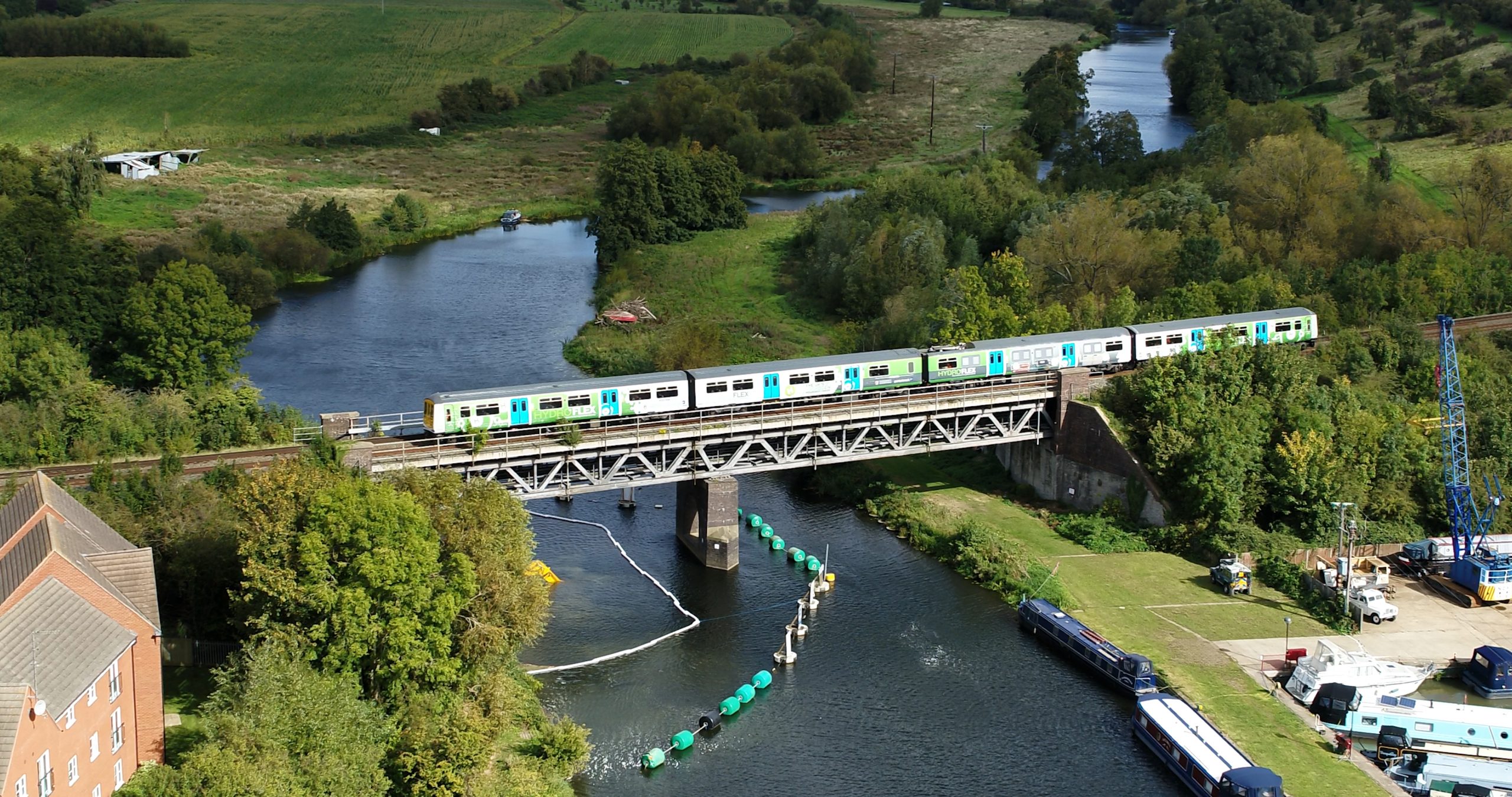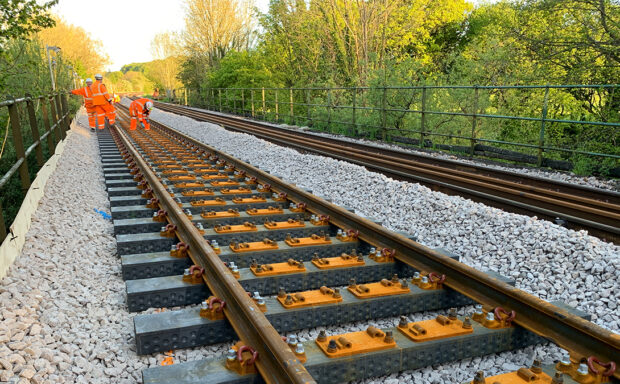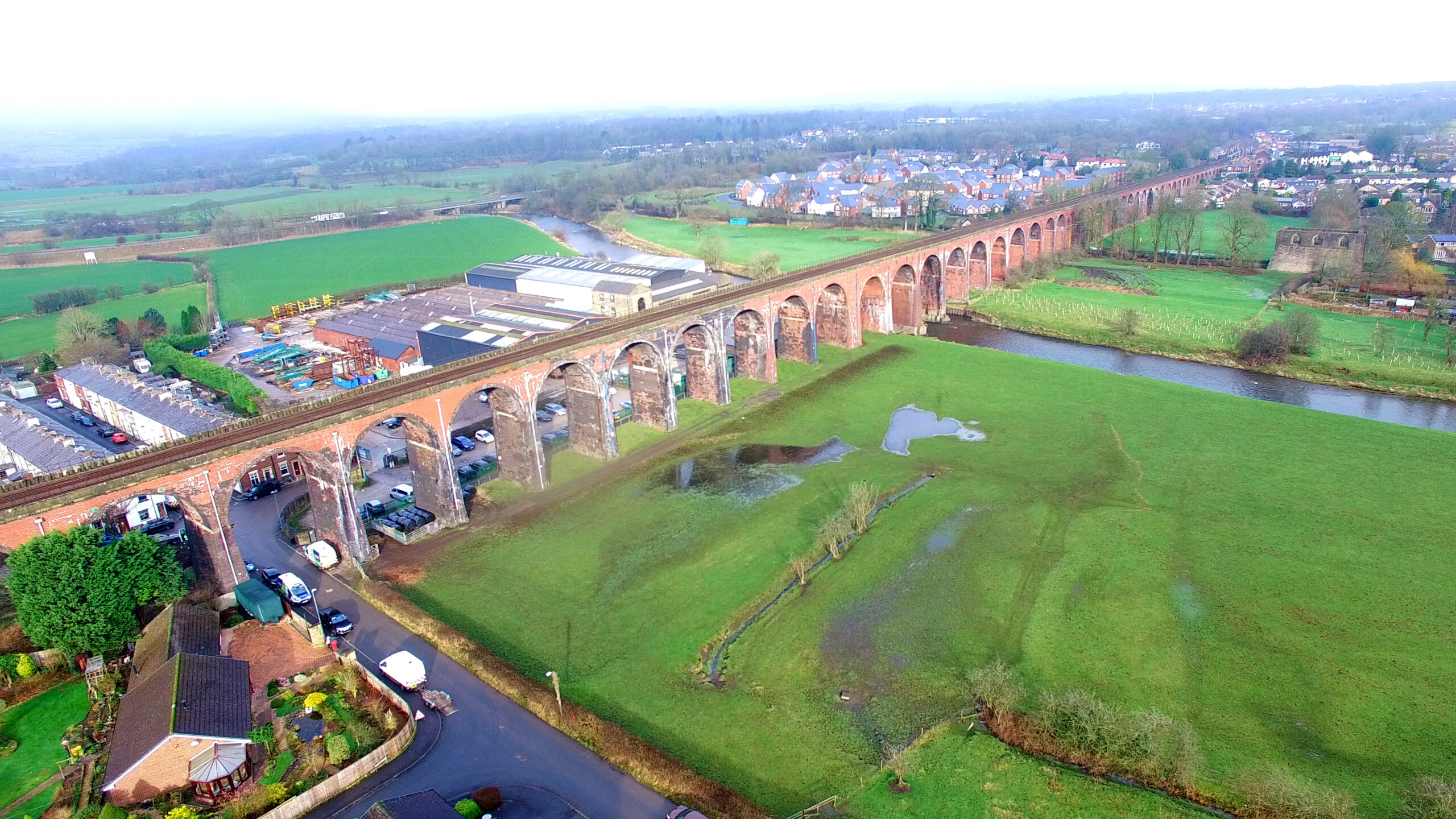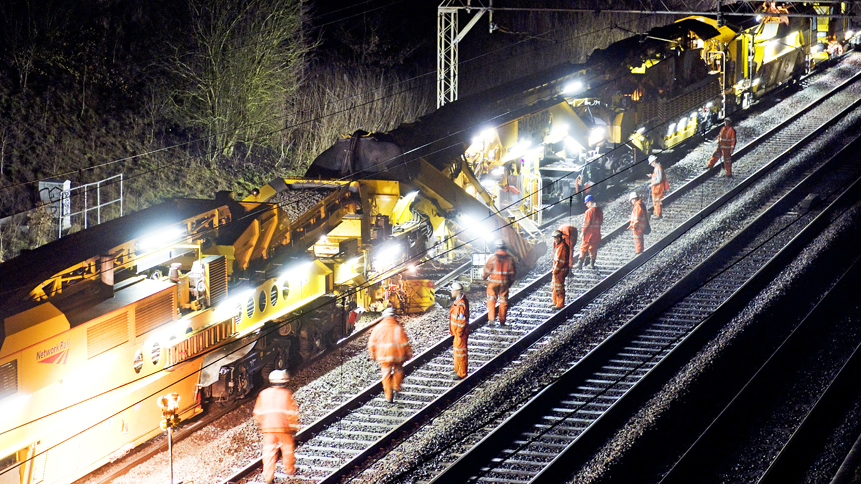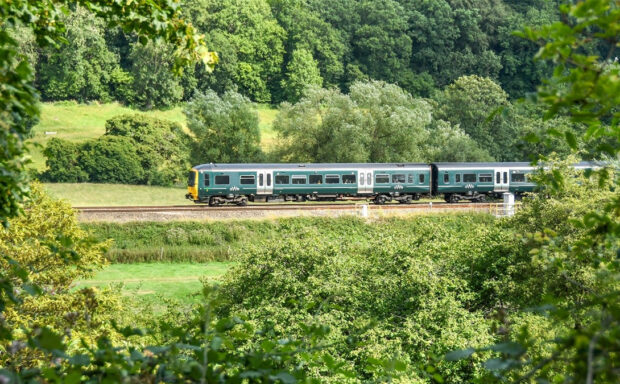It’s World Environment Day and we’re sharing how we’re working hard to make rail travel even greener.
Sustainability is important to you and it’s important to us. It’s an integral part of our aim to put passengers first and make sure our railway is resilient, efficient and provides a great service in years to come.
That’s why we’ve reaffirmed our commitment to sustainability and tackling climate change. Last month, we joined railway organisations from around the world in signing the International Union of Railways (UIC) climate declaration.
It sets out a pledge for members to communicate their support and ambition. It also brings together a global community of sustainability leaders working collaboratively to cut carbon emissions and make rail travel greener.
We’ve committed to reduce energy consumption and CO2 emissions, achieve carbon neutrality by 2050 and contribute to United Nations Sustainable Development Goals (SDGs).
The latter are a collection of 17 interlinked global goals designed to be a “blueprint to achieve a better and more sustainable future for all”.
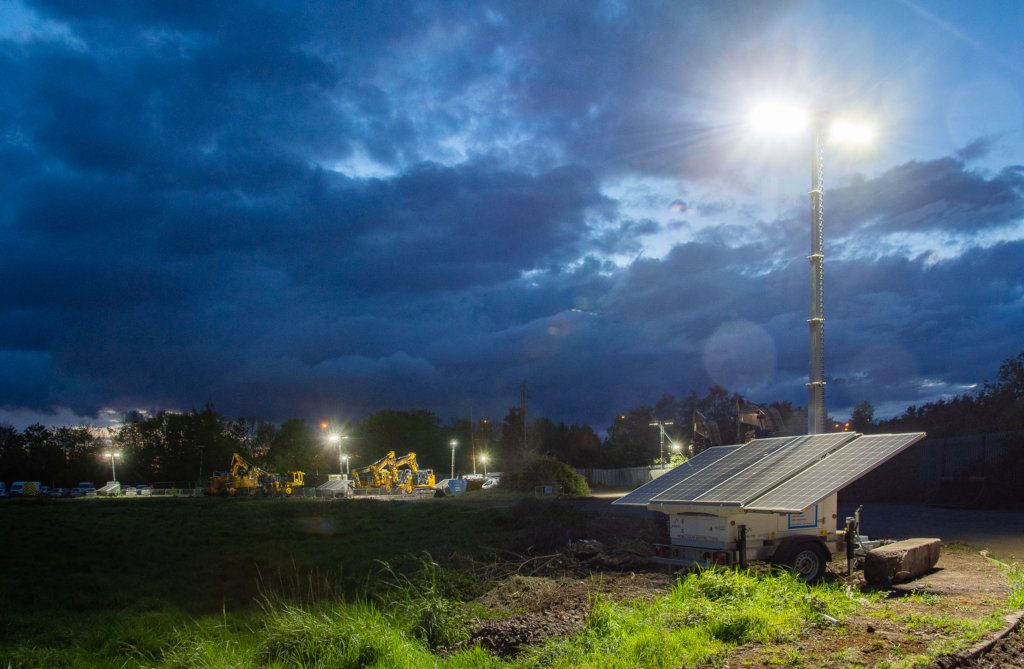
Film – a railway rich in biodiversity
Six times we went green on the railway
Find out how we’re providing greener journeys
Science-based targets
This pledge follows our clear signal of green ambitions in September last year when we became the first railway in the world to commit to the most stretching science-based targets for reducing carbon.
Science Based Targets Initiative, backed by the United Nations, has independently verified our targets and our plans to achieve them.
It means we’re the first railway company to commit to cutting emissions which limit warming to 1.5 degrees Celsius. That’s even less than the two degrees scientists declared necessary to meet the Paris Agreement, a global framework to avoid dangerous climate change.
Science-based targets are those adopted by companies that are in line with what the latest climate science deems necessary to meet the goals of the Paris Agreement. Targets that limit emissions to a 1.5 degree warming scenario are considered the most ambitious.
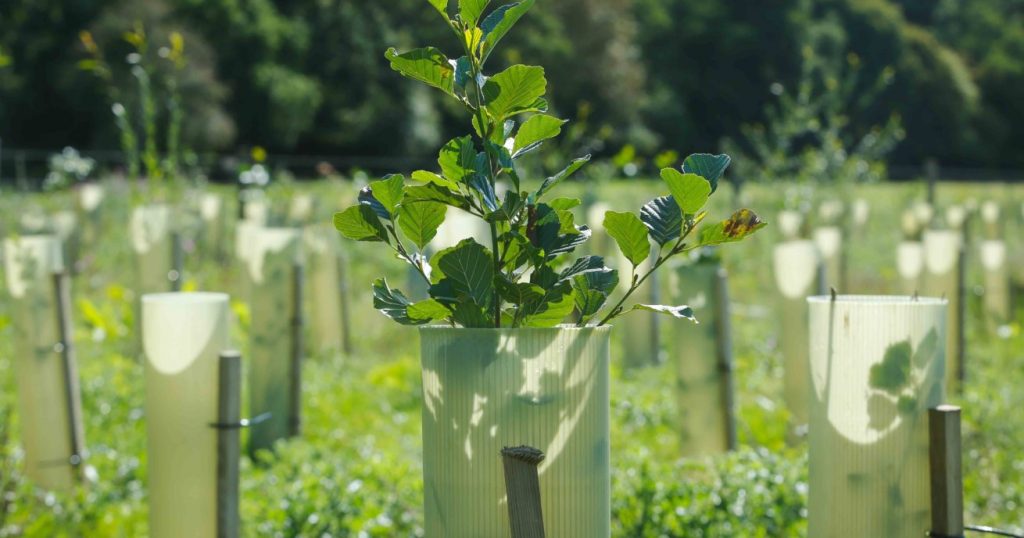
Sustainability strategy
It also follows the launch of our ambitious Environmental Sustainability Strategy. This gives a clear path to becoming carbon neutral by 2050 in line with UK Government targets.
This strategy sets out our main priorities: to run a low-emission railway, to provide a reliable service to you that’s resilient to climate change, to improve biodiversity across the network, and to ensure sustainable use of materials with minimal waste.
The future of rail
We’ve also led a cross-industry initiative working collaboratively to assess the issues and options and advise the UK government on setting the future direction of rail travel.
This includes recommending a steady transition of the remaining diesel trains to electric, battery and hydrogen fuel cells in the Interim Traction Decarbonisation Network Strategy, published last year.
In fact, we’re working with rolling stock owner and asset manager, Porterbrook, to showcase some of the best of British low-carbon train technology at the UN Climate Change Conference of the Parties (COP26) this year.
It will bring to the conference a ground-breaking hydrogen-powered HydroFLEX train that has been converted to include an ‘on-board boardroom’. It will give invited guests, including leaders and climate experts, first-hand experience of British innovation and of how alternative fuel trains will play a vital part in greener travel in the future.
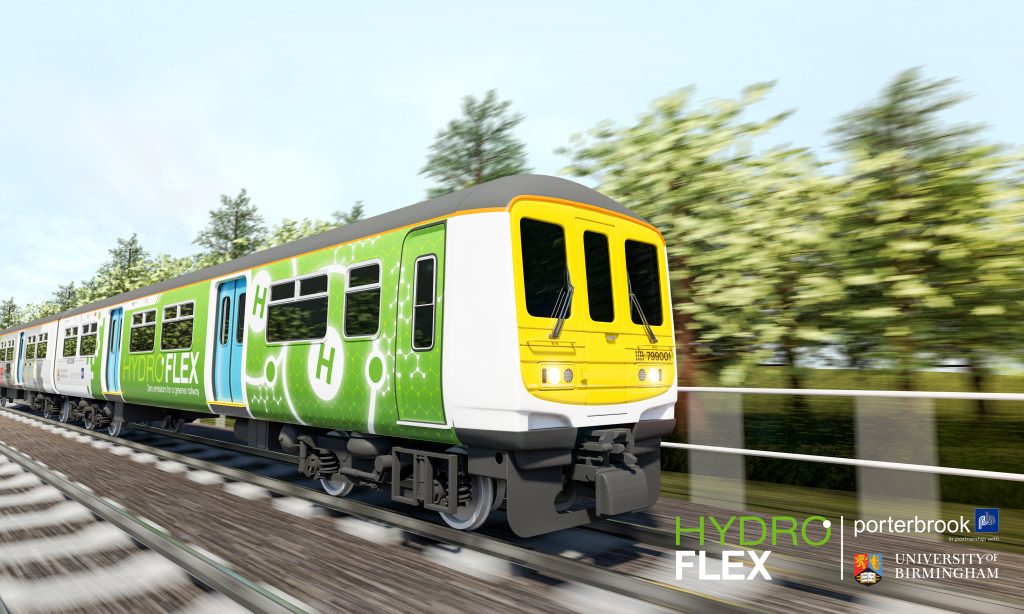
Read more:
Railway Day: freight cuts emissions across Britain
Sustainable development at Network Rail
Latest technology to improve thousands of miles of biodiversity
